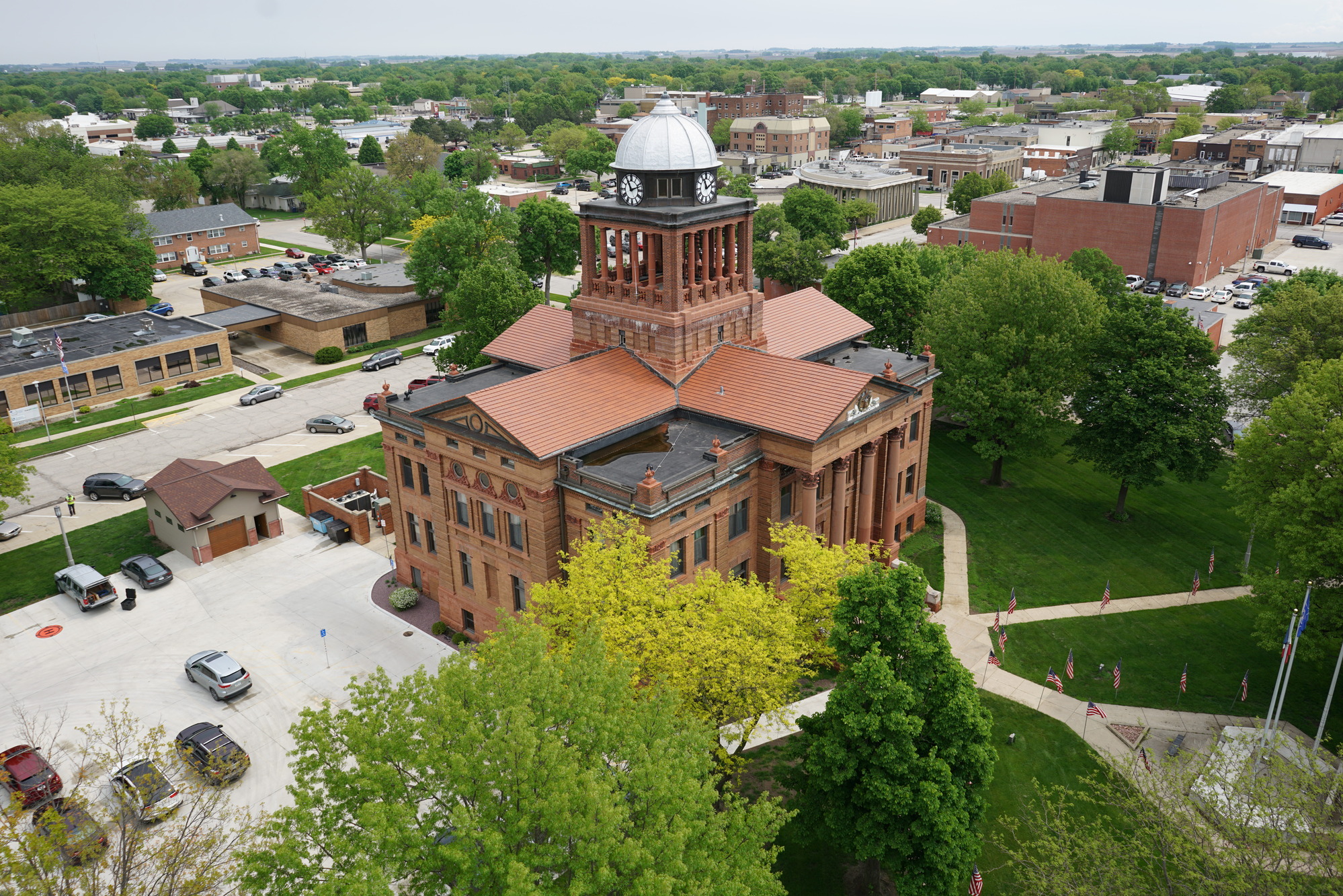How 21st Century Design Maximizes Engagement in PreK-12 Education
Back to school season begins with educators, administrators, and staff prepping their schools for the incoming classes – rearranging desks, organizing supplies, lesson planning, and hosting orientations. And while educators certainly carry the load in ensuring school districts run smoothly, architecture and interior design makes the grade when it comes to supporting learning styles and maximizing engagement in schools. Get your pencils out to take notes on how 21st century design maximizes engagement in PreK-12 education.
1. Flexible Classrooms
Everyone learns differently, and today’s schools reflect that. Different seating options support movement and empower student choice. Offering a variety of seating, and even standing, options allows students to learn in ways that are comfortable for them, minimizing distractions. More open classrooms also encourage the teacher to interact throughout the classroom rather than standing in one place.

On average, children sit for 8.5 hours a day, which can cause health problems and a decrease in concentration. Giving students the option to stand, and providing seating options in which they can wiggle, spin, or rock, promotes healthy blood flow and increases classroom engagement.

2. Sustainable Schools
While upfront investments for a green, high-performance school can seem daunting, cost savings are often achieved in the long run. According to a study on green schools, lower energy and water costs, improved teacher retention, and lower health costs save green schools about $12 per square foot, which is four times the additional cost of going green.Green schools use 33 percent less energy than conventionally designed schools by taking advantage of efficient lighting and HVAC systems. Plus, increased air quality in green schools equates to less sick days for teachers and students.
3. Community Engagement
When planning for the new St. Peter, Minnesota, high school, ISG took a community-centered approach. Open houses allowed the District to shape future plans around citizen concerns and keep residents informed throughout the process. A trend for educational facilities to be renovated or built to serve as community hubs helps bridge the gap between students, residents, and local businesses. The new St. Peter High School, which has a public open house on Aug. 26 from 9 a.m. to 3 p.m., was designed to enhance education through engagement and celebrate the community.

4. Advanced Technology
Technology is changing the way teachers instruct and the way students learn. Common technology included in modern school designs includes smartboards, wireless internet access, charging stations for e-textbooks, wired teacher podiums, and ample outlets. Schools also are thinking outside the classrooms by including outlets in common areas throughout the building as well.
5. Natural Light + Views to the Outside
The use of natural and adequate light levels throughout learning institutions has been proven to increase test scores and student learning rates. The days of flickering florescent lighting are over. Let the light in with windows and other efficient lighting options. The dimmed, more natural light also benefits classrooms with advanced technology, making screens easier to read. Advanced A/V controls allow the lighting to easily be dimmed when needed.

In addition to letting natural light infiltrate the school, windows provide views to the outside world, which is proven to improve student performance and help reduce stress.
When passing a referendum, building a new school, or renovating an existing facility, finding solutions that increase engagement while making the most of each dollar invested is critical. Whether through a detailed facility/District assessment that does more than just report the obvious, but helps offer solutions, priorities, and implementation strategies, or through direct pre-referendum services and design solutions, District's in varying sizes can make a long-term impact on the health and future of today's youth.
Join the Conversation #ISGEducation #21stCenturyDesign #Learning #SustainableSchools
Related Articles

.webp)
Navigating the MS4 Permit Program: How ISG Supports Communities Every Step of the Way
The management of stormwater runoff is a pressing concern for cities across the nation, and the Municipal Separate Storm Sewer System (MS4) permit program is a critical framework designed to protect water quality and our natural resources.


Optimize Maintenance + Reveal Opportunities with Facilities Assessments
The Clay County Board of Supervisors (County) knew they needed to address facility repairs in their Administration Building, Courthouse, and General Services Center. While maintaining public buildings does not generate excitement, County leaders recognized that deferring upkeep of public facilities can cost more in the long run if left unaddressed and may result in limiting other more impactful projects.

Creating Flood-Resilient Communities: A Case Study in Floodplain Management
In the land of 10,000 lakes, Minnesotans love to live near and play in our abundant water systems. But the effects of population growth, land use development, and climate change pose challenges within floodplain areas, contributing to persistent flooding issues.


Why a Phase 1 Environmental Site Assessment is Critical to Project Success
In the world of real estate development and land acquisition, the road to success is paved with thorough planning and attention to detail. One often overlooked but crucial step in the due diligence process is the Phase 1 Environmental Site Assessment (ESA). Before a client begins any project, ISG often conducts a Phase 1 ESA to identify any recognized environmental conditions (RECs) that could impact the property's value or pose potential risks to public health and the environment. The result of the assessment influences the project’s direction and success long-term.


.svg)




